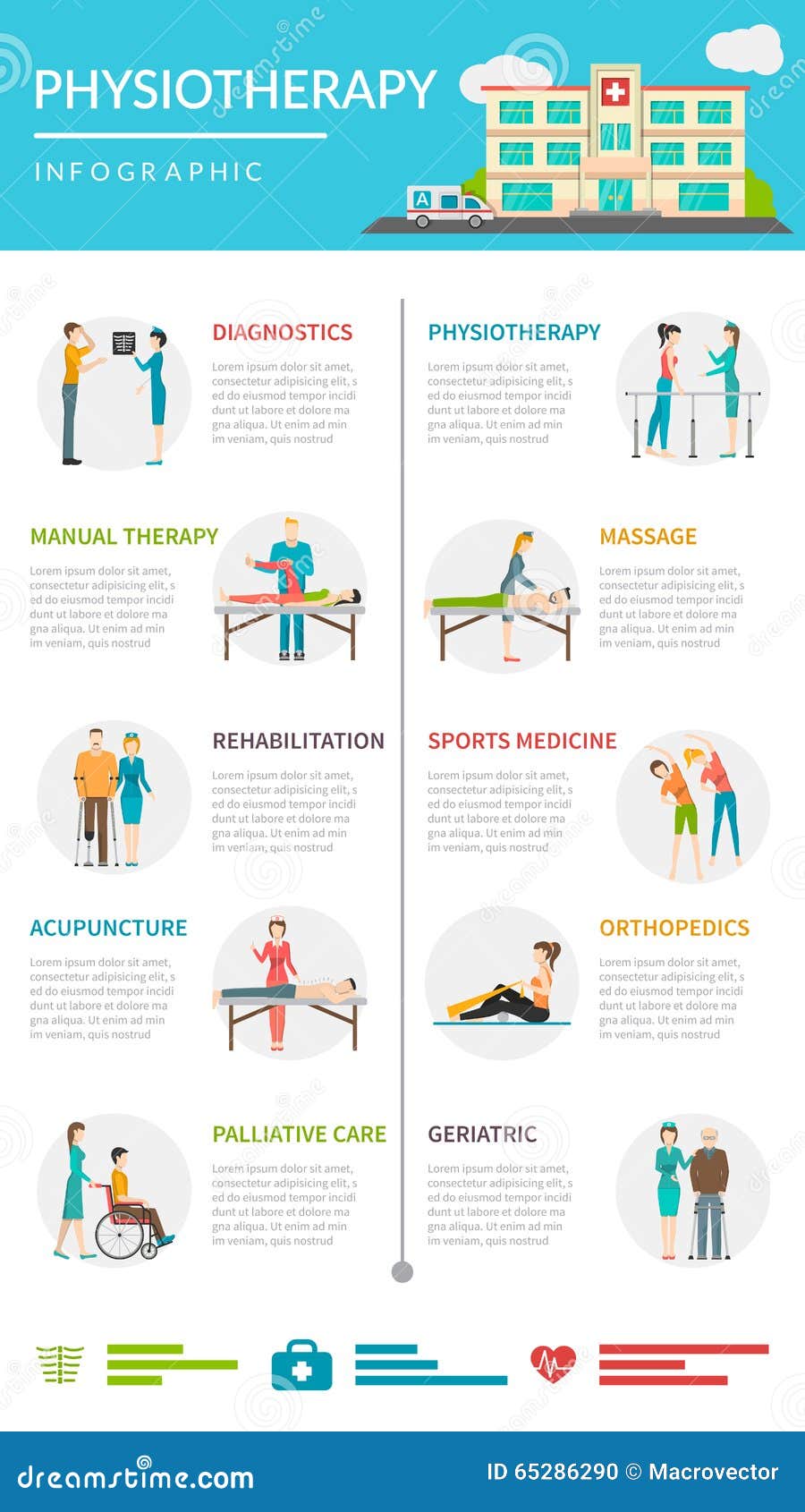Introducing The Scientific Systems And Performance Of Cold Laser Therapy
Introducing The Scientific Systems And Performance Of Cold Laser Therapy
Blog Article
Composed By-Ramirez Fields
When taking into consideration the science behind cold laser therapy, you may be captivated by exactly how a non-invasive therapy can yield such encouraging results for various problems. The mechanism behind its efficiency hinges on its ability to target cells and promote physical actions that promote healing and discomfort alleviation. Comprehending the intricate mobile results and professional results of cold laser therapy can shed light on its expanding popularity amongst health care specialists and clients alike.
Mechanism of Action
Discovering the system of activity behind cold laser therapy reveals exactly how this treatment modality interacts with the body to promote healing. When the cold laser is applied to the skin, it penetrates the layers and is absorbed by light-sensitive molecules within the cell. This absorption causes a series of organic actions that cause boosted mobile power manufacturing. Because of this, the cells have much more energy to fix and regrow, speeding up the healing process.
Read More Listed here assists to decrease swelling by lowering swelling and improving flow in the targeted area. By boosting the launch of endorphins, which are the body's all-natural medicines, cold laser treatment can successfully reduce discomfort and pain. Furthermore, https://chiropractor-near-me-revi20617.fare-blog.com/27968031/keen-to-discover-the-efficiency-and-safety-of-cold-laser-therapy-gadgets-transitioning-to-home-usage enhances tissue oxygenation and nutrient distribution, vital for ideal healing.
In addition to these benefits, cold laser treatment has actually been located to boost the manufacturing of collagen, a healthy protein important for tissue fixing and regrowth. This increase in collagen manufacturing can boost the overall stamina and versatility of the cells, better supporting the recovery procedure.
Cellular Impacts
The cellular results of cold laser therapy show up via raised energy production and improved mobile repair devices. When the cold laser light passes through the skin and reaches the targeted tissues, it promotes the mitochondria, the giant of the cell, to create even more adenosine triphosphate (ATP).
This boost in ATP offers cells with the power they require to perform various features, such as repairing damages and minimizing swelling.
Moreover, cold laser treatment triggers a cascade of biochemical responses within the cells that advertise healing and regrowth. By improving mobile repair service mechanisms, the treatment accelerates cells healing and minimizes healing time from injuries or particular problems.
This procedure likewise helps to raise blood circulation to the cured location, bringing in more oxygen and nutrients important for cellular repair service.
Clinical Effectiveness
Cold laser therapy has actually shown its clinical efficiency in various clinical applications, showcasing its performance in promoting healing and decreasing recovery times. This non-invasive therapy has been found advantageous in increasing tissue repair, minimizing inflammation, and alleviating pain. Research study has revealed that cold laser treatment can improve the healing procedure by advertising the production of adenosine triphosphate (ATP) in cells, which is essential for mobile feature and regeneration.
In scientific research studies, cold laser treatment has actually proven to be efficient in treating conditions such as tendonitis, joint inflammation, carpal tunnel syndrome, and sports injuries. Individuals going through cold laser therapy have actually reported considerable discomfort decrease, boosted series of activity, and quicker healing contrasted to conventional therapies.
The targeted application of low-level laser light penetrates deep into tissues, stimulating biological processes at a mobile level without triggering any type of pain or adverse effects.
Conclusion
Finally, cold laser therapy functions by stimulating cellular energy production to promote recovery and lower pain.
By targeting the origin of inflammation and injury at a mobile degree, this non-invasive therapy has revealed to be reliable in improving circulation, increasing tissue repair service, and providing alleviation for a range of problems.
Its capacity to enhance natural healing mechanisms makes cold laser therapy a beneficial alternative for individuals looking for a secure and effective method to manage their discomfort and heal their injuries.
